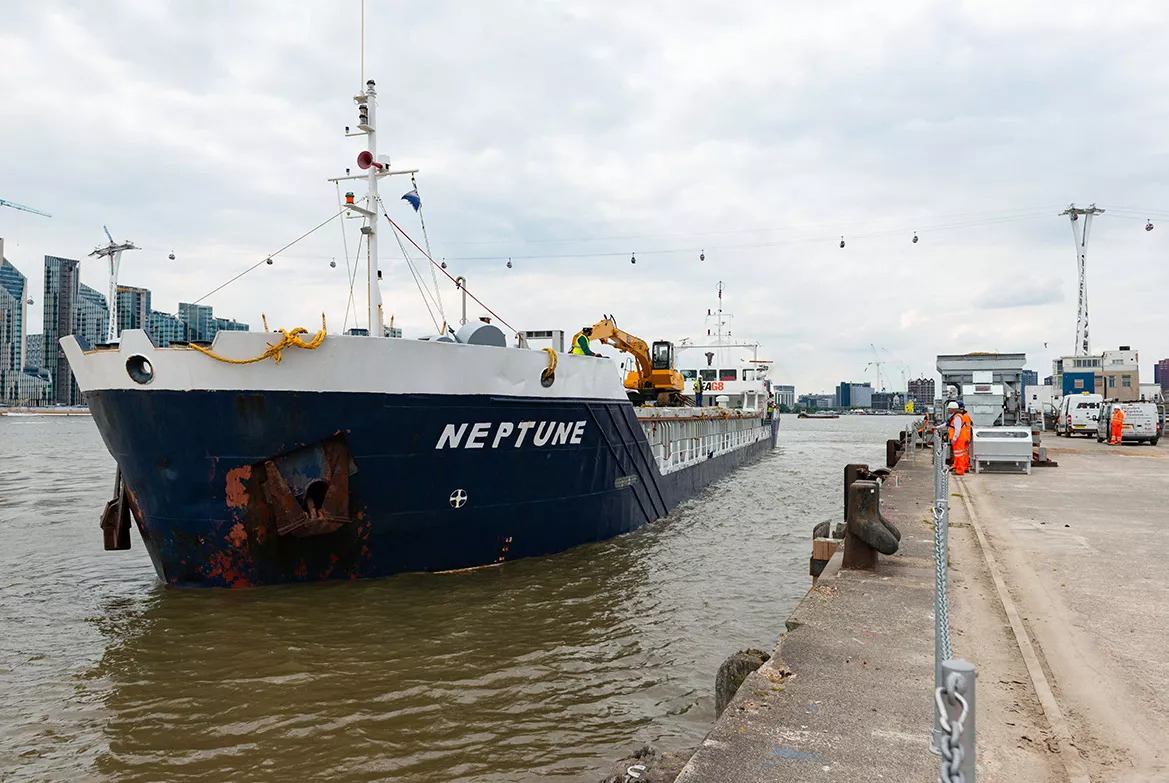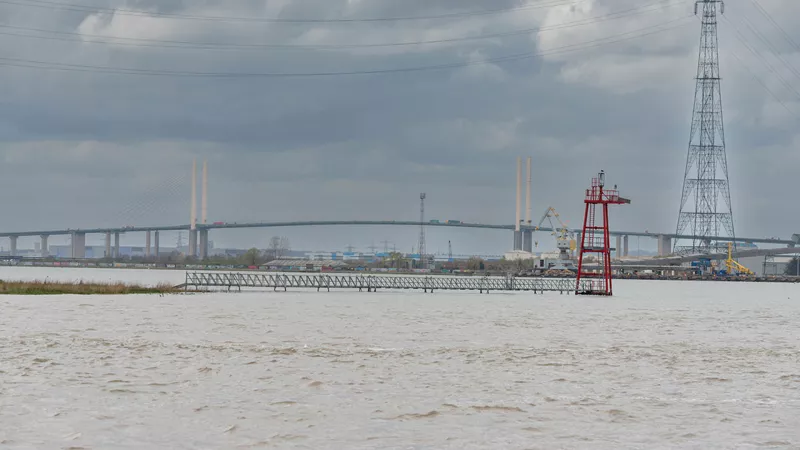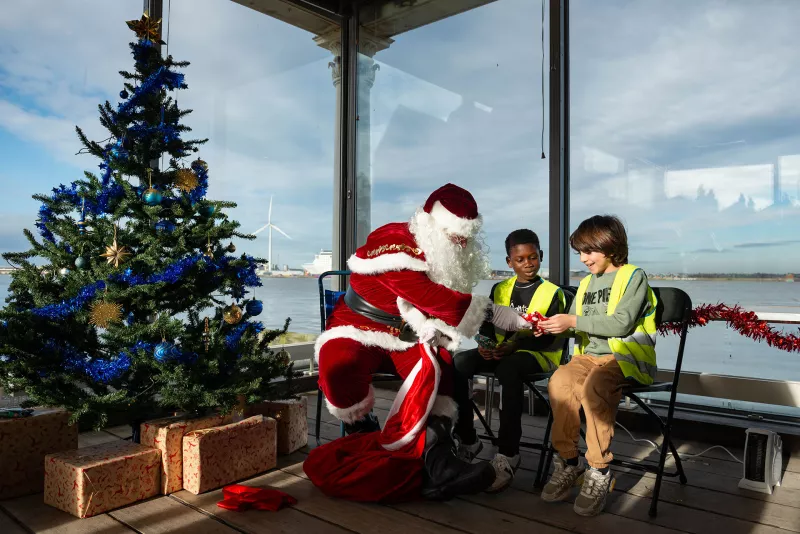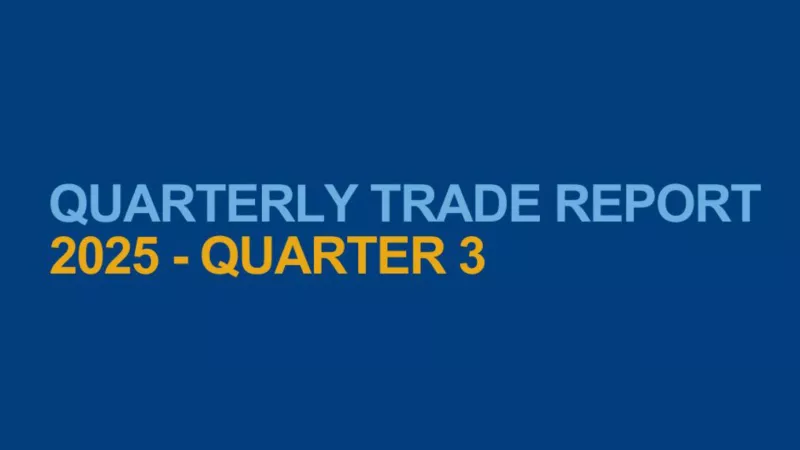Live Tides
NOTICES TO MARINERS
Charts & Surveys

Incident reporting
Life-threatening emergencies on the river:
Call 999 and ask for the Coastguard
For near miss, safety observations and incident reporting click below
Safeguarding of London's strategic wharves confirmed

The UK Ministry of Housing, Communities and Local Government (MHCLG) has confirmed the continued protection of strategic sites for port use on the banks of the Thames in London, after an extensive review process conducted by the Greater London Authority (GLA) and supported by the Port of London Authority (PLA).
Wharves on the Thames were first protected in 1997. Since then the initiative has become a well-established feature of planning in the capital and many millions of tonnes of materials have been handled through the sites, keeping countless heavy goods vehicles off London’s congested roads.
The deputy mayor for planning, regeneration and skills at City Hall, Jules Pipe CBE, received confirmation of the MHCLG secretary of state’s agreement with all of the recommendations included in the Implementation Report – Safeguarded Wharves Review 2018-2019 last month.
The review included a consolidation of wharf capacity in Thameside West that had been the subject of work between the GLA, PLA and the London Borough of Newham, an area that is set to see significant development in the next few years. The consolidation results in the creation of a new safeguarded wharf, Royal Primrose Wharf, located immediately downstream of Peruvian Wharf and an increase in the area’s capacity to handle waterborne freight.
Commenting, deputy mayor, Jules Pipe, said:
“This is very welcome news. The Thames is a key part of London’s strategic transport infrastructure. Protecting the wharves ensures that the essential ‘slip roads’ on and off this uncongested marine superhighway are retained. As we continue building a more resilient and sustainable city for the future, it’s essential that we make better use of the river on which London was founded.”
MHCLG officials are continuing to work with officers from the GLA and will be producing updated Directions for the wharves on the basis of the Implementation Report’s recommendations.
The PLA has advised the Mayor of London on the safeguarding of wharves since planning powers were transferred to City Hall in 2000. In recent years they have invested more than £10 million in the acquisition and reactivation of wharves in London. Peruvian Wharf bought in 2016 is now back in use for the movement of building materials after more than 17 years of legal wrangles and the adjacent Royal Primrose Wharf, bought in 2019 is set to come back into use in the next 18 months.
PLA director of planning & environment, James Trimmer, said:
“Safeguarding wharves is a key policy for London. The Thames offers an unfettered, low carbon route to move goods and materials in and out of the capital. Confirmation of the continued safeguarding of these sites comes at a time when the river renaissance is stepping up another gear. The established movement of bulk materials is now complemented by the first river parcel service, being operated by DHL, and the planned consolidation of the City markets to Barking will provide a generational opportunity to make more use of the river for light freight. Innovation will continue as we transition to a zero-carbon future.”
The PLA is working with partners including the GLA to secure greater use of the river for moving freight, as set out in Thames Vision development framework launched in July 2016.
In 2019, 4.769 million tonnes of freight were moved between terminals on the Thames, equivalent to more than 200,000 HGV loads. River operations were resilient through the COVID-19 lockdown, with Cory Riverside Energy continuing to move London’s waste to their energy from waste facility at Belvedere. River operations serving the construction of the Thames Tideway Tunnel were among the first to resume.
Related content


Location: London/Gravesend Remuneration: £28,971 per annum for a commitment of up to 24 days per...

Discover


